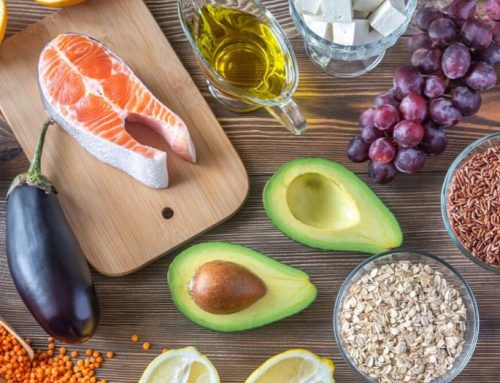One of the best ways to make sure your family is eating healthy is having meals at home. This way, you know exactly what goes into every dish, and can also have more control over the portions served.
However, it’s important to think about how you’re going to go about it. It’s all about planning, and where does healthy eating really begin? In the grocery store.
What Kind of Grocery Shopper Are You?
There are different personality types when it comes to grocery shopping. Some shoppers take the “business as usual approach.” They buy and prepare the same foods week after week.
Others plan all their meals in advance and shop only from a detailed shopping list, while “frequent flyers” are in the store almost every day. No matter what your shopping patterns are, following these 5 tips can make your grocery shopping much healthier:
1. Read your nutrition facts
Nutrition facts on packages are one of the best tools you have for selecting nutritious foods and comparing different products. You can consider factors such as calories, fat, protein, and sugar content across brands, which helps you make smarter choices. Understanding a food label can be difficult. Doing a little research of terms on a food label can help you know what to look out for.
2. Make healthy food swaps
Switching to the lower fat version of foods you eat frequently – such as salad dressings, spreads, dairy products, even desserts – can save you a lot of calories. A cup of whole milk has 150 calories and about 7 grams of fat; nonfat milk has 90 calories and no fat.
A switch from regular ground beef to ground turkey breast can cut about 10 grams of fat and 100 calories per 3-ounce serving. You’ll eat fewer calories and a lot less sugar if you buy plain yogurt and add your own fruit and sweetener instead of the pre-sweetened variety.
Incorporate more plant-based proteins and replace refined starches with whole grain. Try brown rice, whole wheat pasta, whole wheat bread and crackers, whole wheat couscous, quinoa, and oatmeal instead of cream of wheat.
3. Consider what’s in season
When it comes to produce, it’s usually fresher, often retains more nutrients, and is often be less expensive than items that are out of season. If you have a farmer’s market nearby, the produce might be fresher than what you find in the supermarkets, which means vegetables won’t wilt as quickly and the foods retain their nutritional value. You’re also more likely to find new varieties of fruits and vegetables to try. Which will help you with the next tip…
4. Try a new fruit or vegetable once a week
If you’re not ready to tackle a whole new food item, you can start slow with a different variety or relative of a familiar food. All fruits and vegetables are unique in terms of the healthy phytonutrients they provide, so variety is really important to your good health.
If your salad is always made with iceberg lettuce, switch to deep green romaine or baby spinach instead. Try a new variety of cabbage or apple, or cook some purple cauliflower instead of the usual white.
5. Find ways to incorporate more fish into your diet
Canned tuna and salmon are wild caught and good sources of omega 3; they’re also convenient and affordable. Add canned tuna to your pasta sauce instead of ground beef, or toss some canned salmon into a salad for a quick, healthy and light main dish.
Once you’re well stocked with healthy ingredients at home, you can make crafting the menu or the meals themselves a family activity.
Start making healthier grocery shopping choices today!
Resource: https://iamherbalifenutrition.com/nutrition-facts/healthy-grocery-shopping-habits






